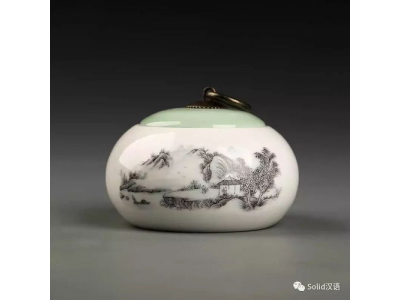In this article, we will explore the various types of Shenzhen Longjing tea, highlighting their characteristics, flavors, and brewing techniques.
Types of Longjing Tea

Longjing tea, also known as Dragon Well tea, has several varieties, each with distinct taste profiles and growing conditions. The most recognized types include the Longjing No.
1, No.
43, and the Qiantang variety. Each offers a unique experience that reflects its terroir and production methods.
Longjing No. 1 is highly revered for its delicate flavor and bright green color. It is predominantly grown in the Hangzhou region but can also be found in Shenzhen. This variety is usually characterized by its flat, smooth leaves that exhibit a chestnut aroma. It is often considered the premium option among Longjing teas and is sought after by enthusiasts for its sweeter, mellower taste.
Longjing No.
43, on the other hand, is more robust and less delicate than its counterpart. This variety is known for its stronger vegetal notes and is appreciated for its refreshing qualities. Many tea drinkers prefer this type for its ability to withstand multiple infusions, making it a practical choice for daily consumption.
Moreover, the Qiantang variety, distinguished by its origin near the Qiantang River, presents a unique flavor profile that many find appealing. The tea harvested here typically has a more pronounced floral scent and a slightly astringent taste. It is often enjoyed for its complex flavors that evolve with different brewing times.
Flavor Profiles of Longjing Teas
The flavor of Longjing tea varieties can vary significantly. The primary notes include a combination of sweet, nutty, and slightly grassy flavors. Each type offers a nuanced experience depending on how it is grown, processed, and brewed. Enthusiasts often appreciate the tranquil and soothing qualities of these teas.
The sweetness of Longjing No. 1 comes from its high amino acid content, which enhances the overall mouthfeel and gives it a soft finish. This sweetness is often compared to that of chestnuts or even fresh bamboo shoots. For those who enjoy a more vibrant profile, Longjing No. 43 provides a stronger green tea flavor, punctuated by refreshing vegetal notes.
In contrast, Qiantang’s astringency and floral characteristics may appeal to those who enjoy a little complexity in their teas. Each type can offer an entirely different tasting journey based on its origin.
Brewing Techniques for Longjing Tea
Brewing Longjing tea correctly is essential to appreciate its distinct flavors. The recommended water temperature is generally around 80-85 degrees Celsius (176-185 degrees Fahrenheit) to avoid burning the leaves, which could lead to bitterness. Using a glass or white teapot is advisable, as it allows you to observe the leaves unfurling.
For optimal results, the tea should be infused for about 1-3 minutes, and multiple infusions are encouraged, especially with varieties like Longjing No.
43. The flavor can change and become more mellow with each subsequent infusion, revealing new layers of taste.
1, the refreshment of No.
43, or the complexity of the Qiantang variety, there is a Longjing tea to suit every palate.

